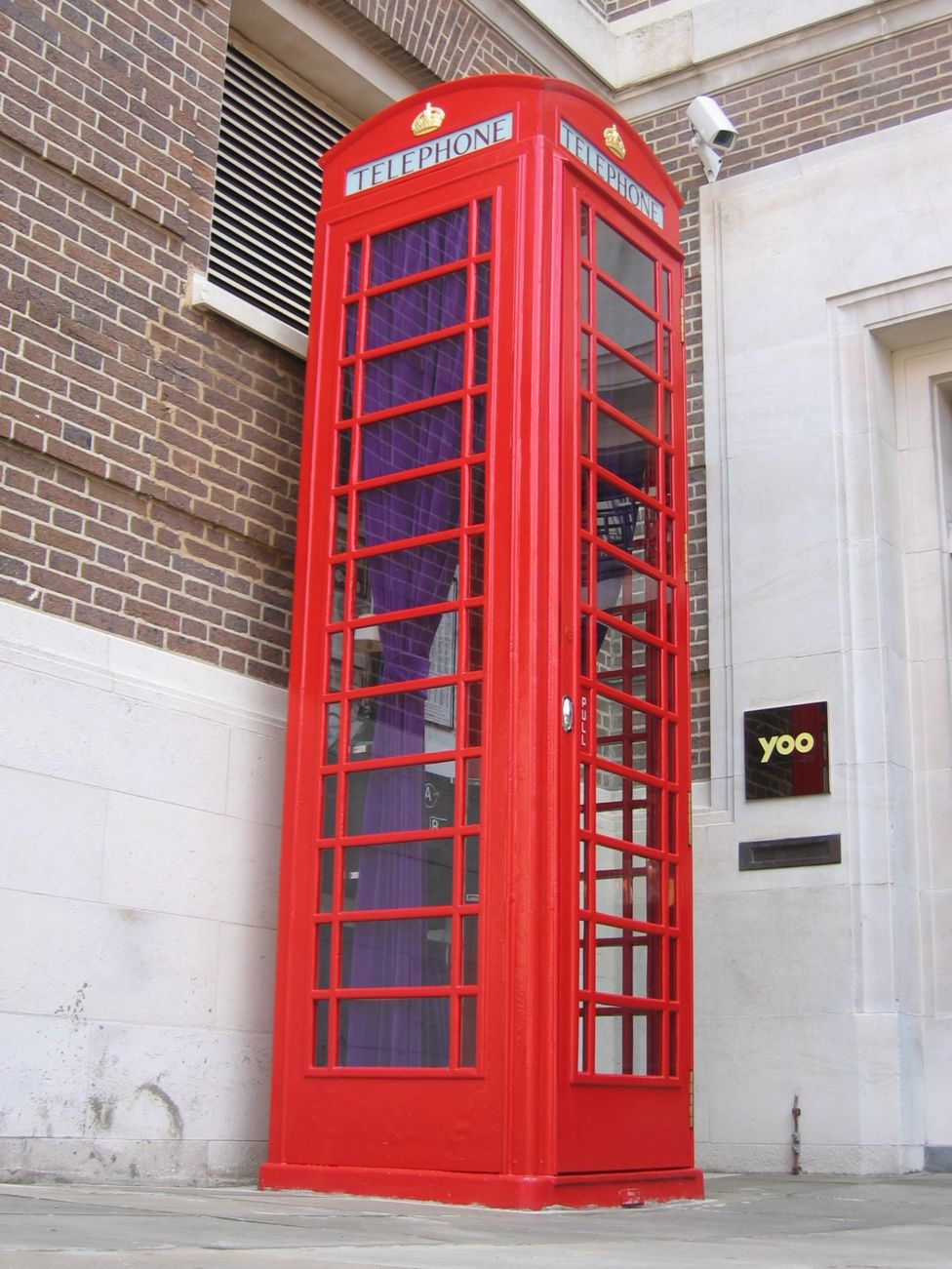

This type is to be found everywhere, mainly found in the UK and most probably this is the model you make a photo of (or a K2) 🙂 The K6 was designed by Scott as well, but was much smaller than the K2 and its costs were lower, too. The most common K6 modelĪnd then we got to the K6 model which is often called the jubilee box as it was designed for the jubilee of King George V. It was designed to be assembled and dismantled and used at exhibitions. The K5 is a bit of a mystery and there are hardly any left. A K4 including a post box and a stamp vending machine in the Postal Museum, London The K5 model These were put into service in 1927 and its nickname was “red giant”. The K4 was huge as the Post Office built a stamp vending machine and a post box into it so that it functions as an office. It was put in service in 1929 but was still too expensive. The K3 model was a mix of it predecessors: it was made of concrete like the K1 but had the design of the K2. The perforated Tudor-crown helped the ventillation. Pancras churchyard, London The prototype of the K2 was made of wood. Unfortunately, the production costs was 50 pounds per box, therefore further developments and adjustments were required. K2 phone boxes were painted red just like post boxes so that they are easily noticed and were used from 1926 onwards.

No one would think that the distinctive shape of the iconic phone box was inspired by Sir John Soane’s mausoleum (neoclassicist architect who designed the building of the Bank of England). Scott was an architect who worked on famous buildings like the Battersea Power Station and the Waterloo bridge. Five models made of wood were judged behind the National Gallery and the K2, designed by the Giles Gilbert Scott was selected for the standard phone box. Therefore, a year later there was another competition and the kiosk had to be made of cast iron and the costs should not be more than 40 pounds according to the brief. A K1 model in Maidenhead, Berkshire (listed) The iconic K2 modelĪs usual, the English started to develop the phone box and organized a competition to design the kiosk, but none of the designs were creative enough. The most commonly used colour for this model was cream. The box was made of concrete and had the colour differed depending what the local authorities preferred. The first standard phone box was the K1 model (K stands for Kiosk) and were used from 1921. With the quick spread of the telephone, there was a need for a standard phone box, but this was possible after the Great War only. From 1884 onwards, non subscribers could use them as well, because this was when the pay per call was introduced. These boxes looked like sheds with no doors and no colour. The first non standard phone box was made in 1870 and was used by subscribers only. But where did it get its distinctive shape and colour from? The iconic phone box was not created in a day, the English developed it over decades. (We would probably think that if an English street without a red phone box would not be very typical…) With the spread of mobile phones, we use phone boxes less and less in the past 10-15 years, yet if you visit England I am sure you will make a photo of one, or your would even pose in front of one. No wonder as the good old red phone box is a fundamental element of English streets, landscapes. Beside postboxes (red) phone boxes are typically English as well and which was voted one of Britain’s top 10 icons.


 0 kommentar(er)
0 kommentar(er)
